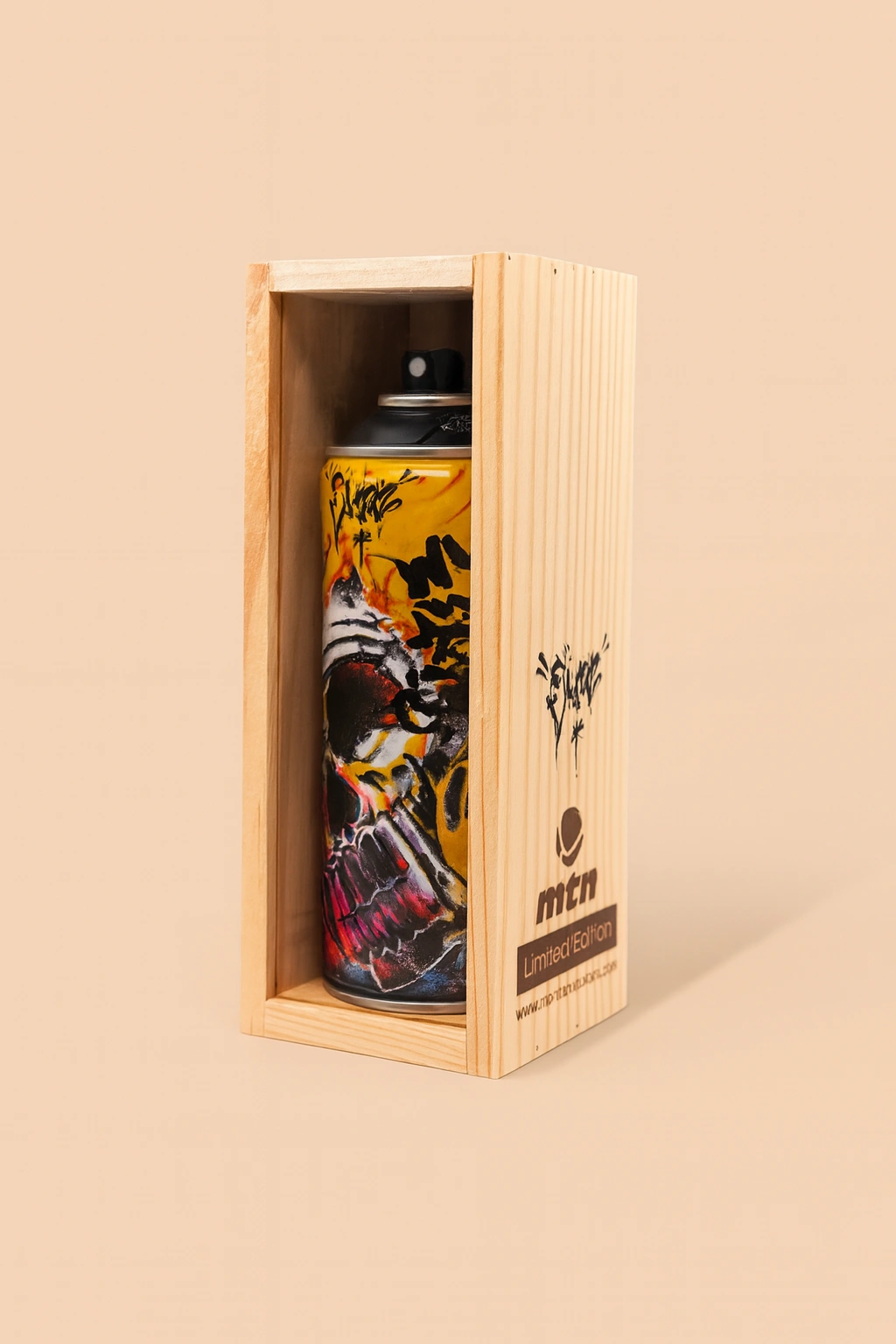Chin H Shin, a celebrated contemporary artist, has earned international acclaim for his dynamic cityscapes and profound ability to capture the soul of urban life. One of his standout works, Crimson Evening on Lexington Ave, exemplifies his mastery of color, light, and atmosphere, offering viewers a poetic vision of New York City at dusk. This piece is more than a depiction of a specific moment; it’s a profound exploration of human emotion, urban vibrancy, and the interplay between chaos and tranquility in a bustling metropolis.
A Closer Look at Crimson Evening on Lexington Ave
Shin’s Crimson Evening on Lexington Ave is a striking oil painting that immerses the viewer in the pulsating heart of Manhattan. The artwork presents a streetscape rendered in a palette dominated by deep crimson, warm yellows, and velvety blues, evoking the golden hour of a New York evening. The reflective sheen of wet pavement, glowing streetlights, and blurred figures moving through the scene create an ambiance that is simultaneously intimate and grand.
The painting employs a central vanishing point that draws the viewer’s eye into the depths of Lexington Avenue. The converging lines of the street and the towering buildings create a sense of movement and depth, embodying the energy of a city that never sleeps.
The crimson hues dominate the piece, symbolizing warmth, passion, and a sense of nostalgia. Shin juxtaposes these rich tones with cooler blues and blacks, capturing the contrast between the vibrancy of human life and the encroaching backdrop of night.
Shin’s expert use of light is one of the defining features of the painting. Streetlights cast warm glows, their reflections shimmering on rain-soaked pavement. This interplay of light and texture heightens the realism while maintaining the impressionistic feel.
The blurred, almost ghostly figures moving through the street emphasize the transience of urban life. These figures are not detailed but are suggestive, allowing the viewer to project their own narratives onto the scene.
Shin’s brushwork is both meticulous and expressive. Broad, sweeping strokes depict the sky and pavement, while finer, controlled strokes bring out details in the architecture and lighting. This combination creates a balance between abstraction and realism.
At its core, Crimson Evening on Lexington Ave is a celebration of the rhythm of city life. The movement of people and vehicles, the interplay of light and shadow, and the towering architecture collectively evoke the unyielding vitality of New York City. Shin captures the city as a living organism, where every element contributes to its heartbeat.
Shin’s work often elevates ordinary moments, transforming them into profound visual experiences. Here, a mundane evening commute becomes a spectacle of color, light, and atmosphere. The painting reminds viewers to find beauty in the fleeting moments of daily life.
The crimson sky in the painting serves as a bridge between the natural world and the human-made environment. The fiery tones of the sunset contrast with the cold steel and glass of the skyscrapers, suggesting a harmonious coexistence between nature and urban development.
Despite the presence of people, Crimson Evening on Lexington Ave evokes a sense of solitude. The anonymity of the figures and the vastness of the cityscape create a feeling of isolation, a theme often explored in urban art. This duality—being surrounded by life yet feeling alone—is a universal experience for many city dwellers.
Shin’s artistic philosophy revolves around capturing the essence of urban life while infusing it with emotion and atmosphere. Trained in both fine art and architecture, he brings a unique perspective to his work, combining technical precision with an impressionistic approach. Shin once stated, “The city is my canvas, and every street holds a story.” This philosophy is evident in Crimson Evening on Lexington Ave, where the artist transforms a simple streetscape into a narrative-rich masterpiece.
Shin’s work is deeply influenced by the Impressionist movement, particularly the works of Claude Monet and Camille Pissarro. Like the Impressionists, Shin focuses on light, atmosphere, and the transient nature of his subjects. However, he adapts these principles to a modern, urban context, creating a style that is distinctly his own.
Impressionist Techniques in Shin’s Work
•Use of Light: Like Monet’s depictions of light on water, Shin captures the reflection of streetlights on wet pavement.
•Brushwork: Shin’s loose, expressive brushstrokes echo the techniques of the Impressionists, lending his work a sense of movement and vitality.
•Focus on Atmosphere: Shin prioritizes mood and ambiance over fine details, drawing the viewer into the scene emotionally.
Lexington Avenue, one of Manhattan’s most iconic thoroughfares, has been immortalized in countless works of art, literature, and film. Shin’s painting contributes to this rich cultural legacy, offering a contemporary perspective on a historic street.
•Architecture: Known for its mix of historic and modern architecture, Lexington Avenue represents the architectural evolution of New York City.
•Energy: As a bustling commercial hub, the avenue is synonymous with the frenetic pace of urban life.
•Artistic Inspiration: From Edward Hopper’s somber cityscapes to contemporary photography, Lexington Avenue has long been a muse for artists seeking to capture the essence of New York.
Chin H Shin’s Crimson Evening on Lexington Ave is more than a painting—it’s a sensory experience. Through his masterful use of color, light, and composition, Shin invites viewers to step into a moment that feels both universal and deeply personal. The painting captures the essence of New York City, celebrating its vibrancy, complexity, and enduring beauty.
In a world where urban life is often associated with stress and chaos, Shin’s work serves as a reminder of the profound beauty that exists in the everyday. Crimson Evening on Lexington Ave stands as a testament to the power of art to transform the ordinary into the extraordinary, ensuring its place as a timeless masterpiece in the canon of urban impressionism.
No comments yet.








